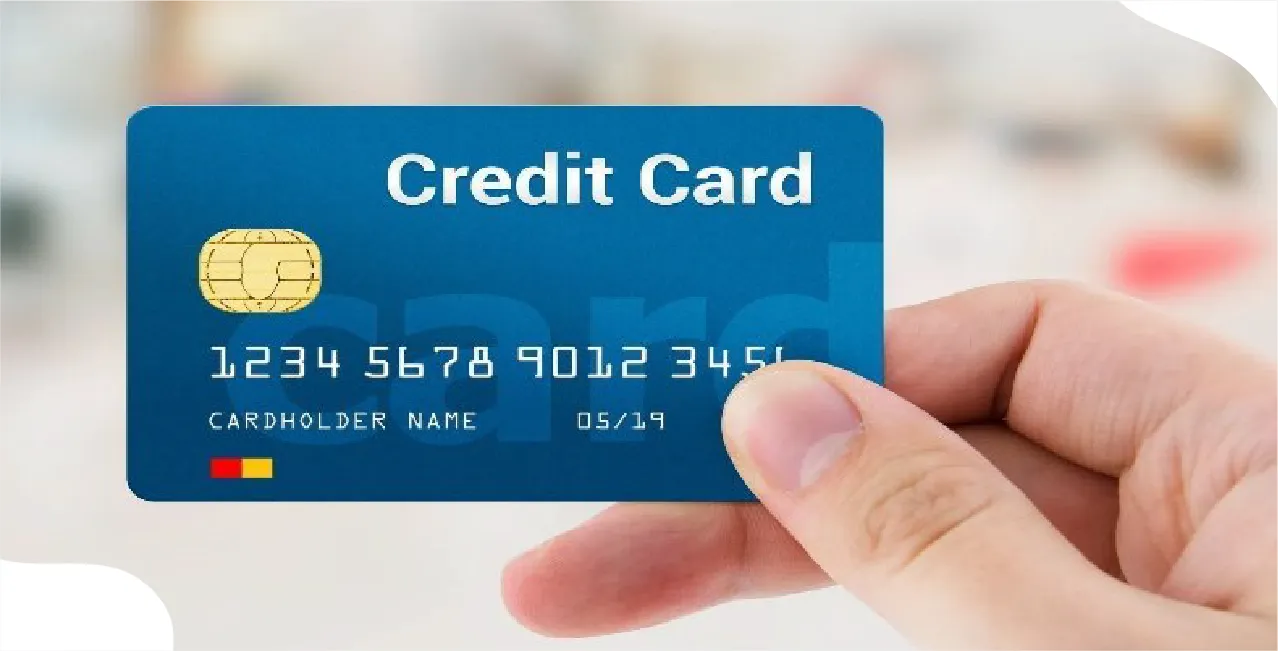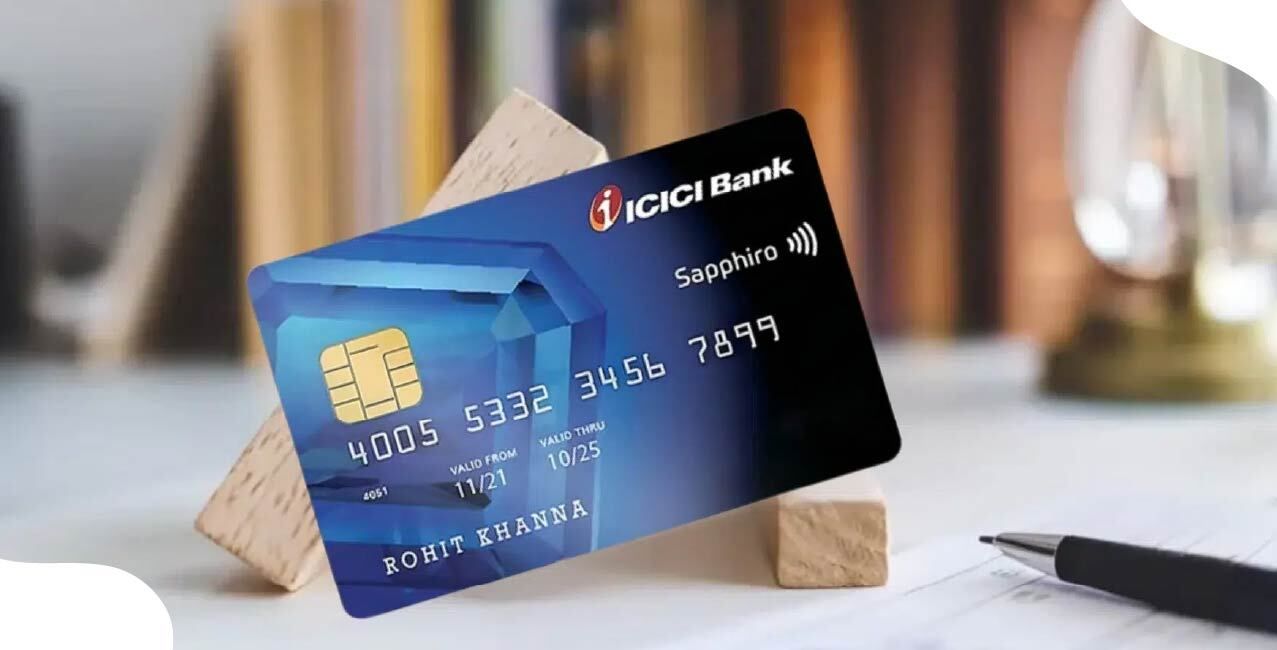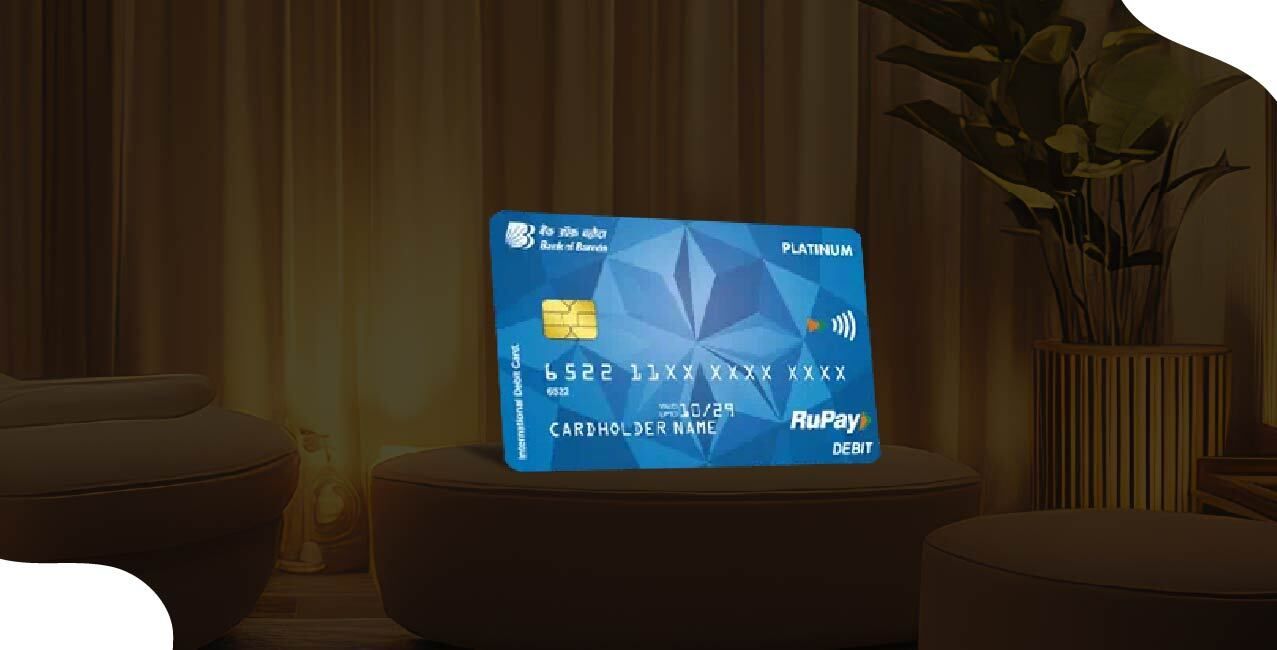
Author
LoansJagat Team
Read Time
6 Min
04 Aug 2025
What Is A Credit Card? Features, Benefits & How It Works
A credit card is a payment card given by a bank that lets you borrow money to buy things now and pay later. You can spend without paying interest at first, but you must repay on time to avoid extra charges.
Let’s understand this concept of credit card with and example.
Aman was granted a ₹80,000 credit limit by his bank. In the first billing cycle, he used ₹16,000 to buy a new phone and pay his utility bills. The remaining ₹64,000 stayed untouched. When the bill was generated, Aman made the full payment before the due date. Because the full amount was repaid within the interest-free period, no additional charges or interest were applied. “Smart use kiya yaar!” his friend Ravi remarked when Aman explained how he avoided paying extra.
This blog will explain what a credit card is, its features, benefits, working process, and how to use it wisely, just like Aman.
Introduction: What Is a Credit Card?
A credit card is a card, physical or digital, that lets you borrow money up to a fixed limit to spend on shopping, bills, or even cash withdrawals. This limit is decided by your bank based on your income, credit score, and how well you’ve repaid loans before.
You don’t need to pay back the amount immediately. Most credit cards offer a free period of 45 to 50 days. But if you don’t pay the full amount on or before the due date, the bank will charge interest on the unpaid money.
According to RBI data, there were over 10.80 crore credit cards in use in India as of April 2024, showing how widely this tool is used for flexible payments.
Eligibility Conditions and Documents Required
To apply for a credit card, specific eligibility conditions have been laid down by banks in line with RBI guidelines.
Key Features of a Credit Card
Credit cards come with several important features that make them useful for both daily spending and emergency needs. However, it's important to understand how these features work so you can use your card wisely and avoid extra charges. Here's a breakdown of the main features of credit cards, along with real examples from popular Indian banks.
1. Credit Limit
Every credit card comes with a fixed spending limit, known as the credit limit. This amount is decided by the bank based on your monthly income, credit score, and how well you've paid past loans or credit bills.
Read More – What Is A Debit Card? Features, Benefits & How To Use Safely?
For example, the SBI SimplySAVE Credit Card may offer a credit limit of ₹50,000 per month to a person earning ₹35,000 monthly. This limit can increase over time if you use the card responsibly.
2. Grace Period and Billing Cycle
Credit cards usually come with an interest-free period of 45 to 50 days. This time is divided into:
- Billing cycle: The period during which you make purchases (usually 30 days)
- Grace period: Extra days (15–20) given to repay the total bill after the billing cycle ends
If you pay the full amount before the due date, no interest is charged.
3. Cash Withdrawal Using Credit Card (Cash Advance)
You can also withdraw cash from an ATM using your credit card. This is called a cash advance, but it comes with extra charges:
- Interest starts from day one (no grace period)
- Cash advance fees are also added
For instance, the ICICI Bank Coral Credit Card charges 2.5% of the withdrawn amount, with a minimum of ₹300.
4. Online and International Use
Most credit cards can be used for:
- Online shopping on websites and apps
- International payments while travelling abroad or shopping on foreign websites
To use your card internationally, you need to enable this feature through your bank’s mobile app or customer service.
5. Add-on and Co-branded Cards
Many banks offer:
- Add-on Cards: Extra cards for family members linked to your main card. You control the usage and payment.
- Co-branded Cards: These are offered in partnership with brands and apps, giving extra benefits on shopping or travel.
Examples include:
- HDFC Regalia Credit Card, which offers lounge access and travel points
- Axis Bank Flipkart Credit Card, which gives 5% cashback on Flipkart purchases
Benefits of Credit Cards
Credit card offer discounts on your shopping bills. Buying things becomes easier and quicker. Shopping is done anytime even when money is not in hand. Credit cards help in building a good credit score.
Disadvantages and Risks
Credit cards are useful, but problems also happen if they are not used properly.
How a Credit Card Works?
- Issuance Process: A credit card is given only after checks are done. The bank asks for ID, income proof, and credit history. This is called KYC (Know Your Customer). If all things are okay, the card is given with a set limit. These rules have been shared by the RBI in their master direction.
- Transaction Authorisation: When a person swipes or taps the card, the shop's machine asks the bank if the card has enough balance. If yes, the transaction is done instantly. If not, it gets declined.
- Billing and Payment: A bill is made once a month. It shows how much was spent. If full payment is not made, the rest is carried forward. Interest is added to this balance in the next month.
- Charges & Transparency: All fees like interest, annual fee, and late fees are written clearly in the card’s MITC (Most Important Terms and Conditions). As per RBI, card data used for online shopping must be made safe using tokenisation, which was made mandatory from 30 Sept 2022.
Key RBI Regulations & Recent Changes
The RBI has made clear rules to protect credit card users. Banks must give full information about the card, especially to students or people with low income. They can’t give a credit card without the person’s consent. If they do, they must pay a penalty.
When a credit card is issued or renewed, the user must get to choose the card network, like Visa, RuPay, or Mastercard.
For business credit cards, the bank must follow strict rules. They need to track how the money is being used. Also, they must not share the user’s personal data without permission. If a co-branded card is being launched, the bank must get RBI’s approval first.
Also Read - SBI Debit Card – Compare Features, Benefits & Application Process
Example: Aditya got a business card. He was told his data would not be shared without saying yes. “Privacy respected, karta hai use.”
Types of Credit Cards
Different types of credit cards are offered by banks. Every card is made for different spending needs. Some cards help with shopping, some give travel points, while others give cashback or fuel benefits. Choosing the right card helps save money and earn rewards.
Conclusion
Credit cards have made life easier. They help in spending smartly, earning rewards, and managing monthly bills. But care must be taken. Bills must be paid on time. Only as much as needed should be spent. Credit score can improve if used well. Debt can grow fast if rules are not followed.
The RBI has set rules to protect users and give them choices. From shopping to travel, credit cards are useful everywhere but with responsibility.
FAQs
1. Can a student apply for a credit card?
Yes, secured cards or low-limit cards can be taken by students after proper checks.
2. Which credit card is good for online shopping?
Shopping credit cards that give cashback and discounts are best for online spending.
3. Can credit card bills be paid in parts?
Yes, big bills can be changed into EMIs to make small monthly payments.
4. Is it safe to use credit cards on websites?
Yes, RBI has made tokenisation rules that keep online card use safe.
5. What is the minimum salary needed to get a credit card?
Usually, banks ask for a monthly income between ₹15,000 to ₹25,000.
6. Can using a credit card help with credit score?
Yes, if payments are made on time, the credit score is improved.
7. What is the grace period for credit card payment?
Around 45 to 50 days are given from the spending date to the final payment date.
8. How many credit cards can be used by one person?
Many cards can be used, but they must be handled carefully and paid on time.
Other Informative Pages | |||
About the Author

LoansJagat Team
‘Simplify Finance for Everyone.’ This is the common goal of our team, as we try to explain any topic with relatable examples. From personal to business finance, managing EMIs to becoming debt-free, we do extensive research on each and every parameter, so you don’t have to. Scroll up and have a look at what 15+ years of experience in the BFSI sector looks like.

Quick Apply Loan
Subscribe Now
Related Blog Post

LoansJagat Team • 22 Sep 2025

LoansJagat Team • 29 Aug 2025

LoansJagat Team • 29 Aug 2025